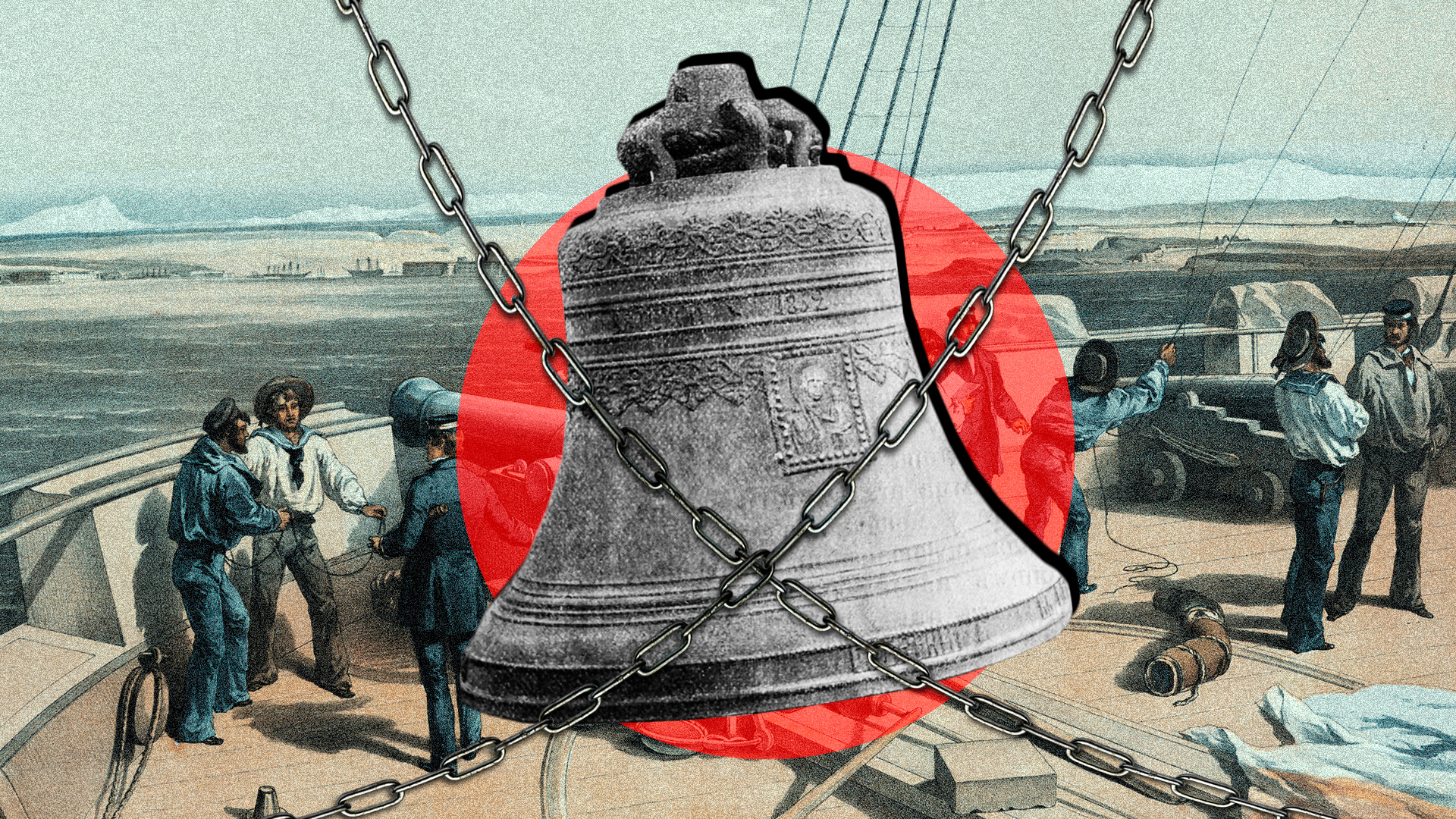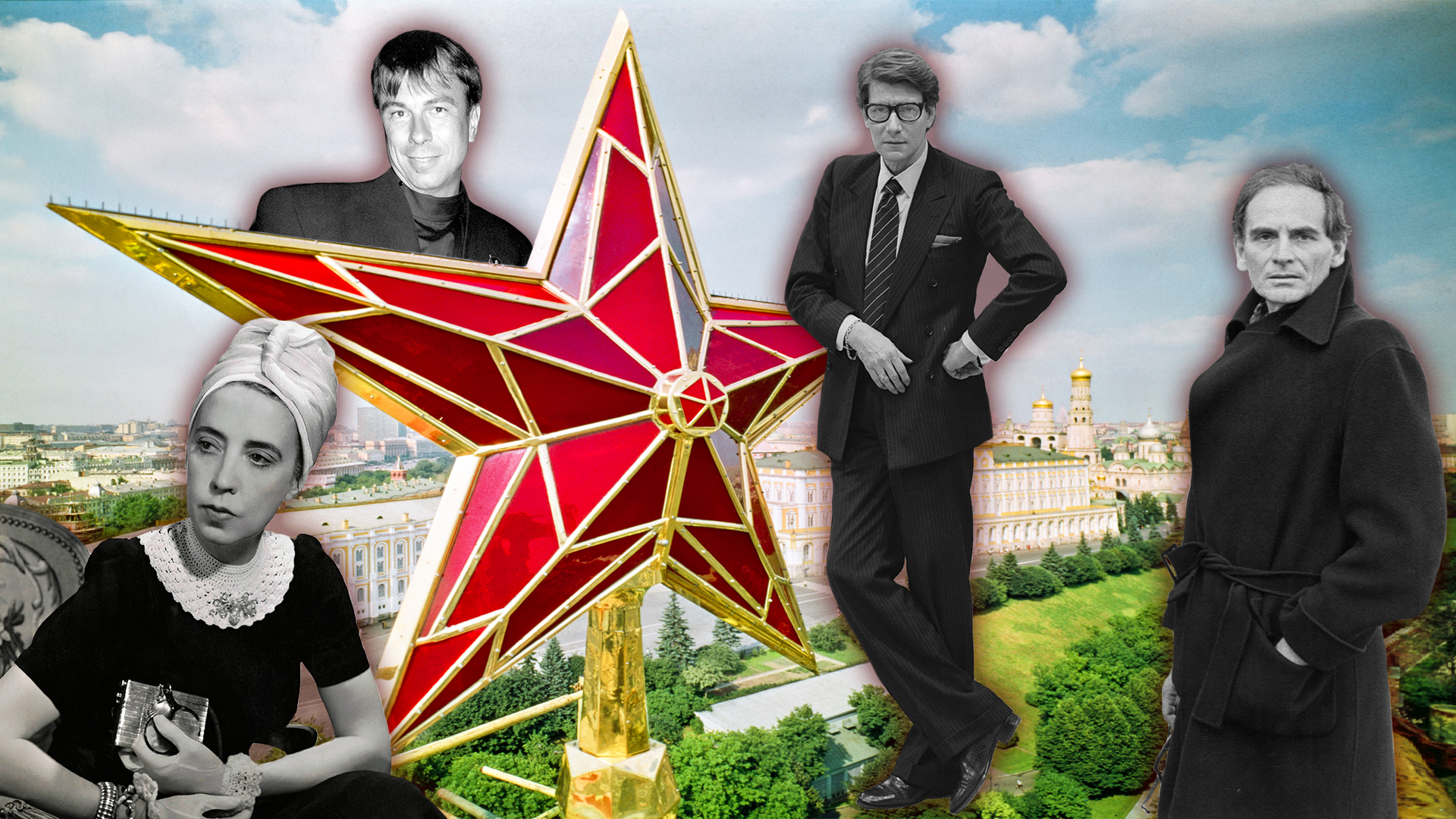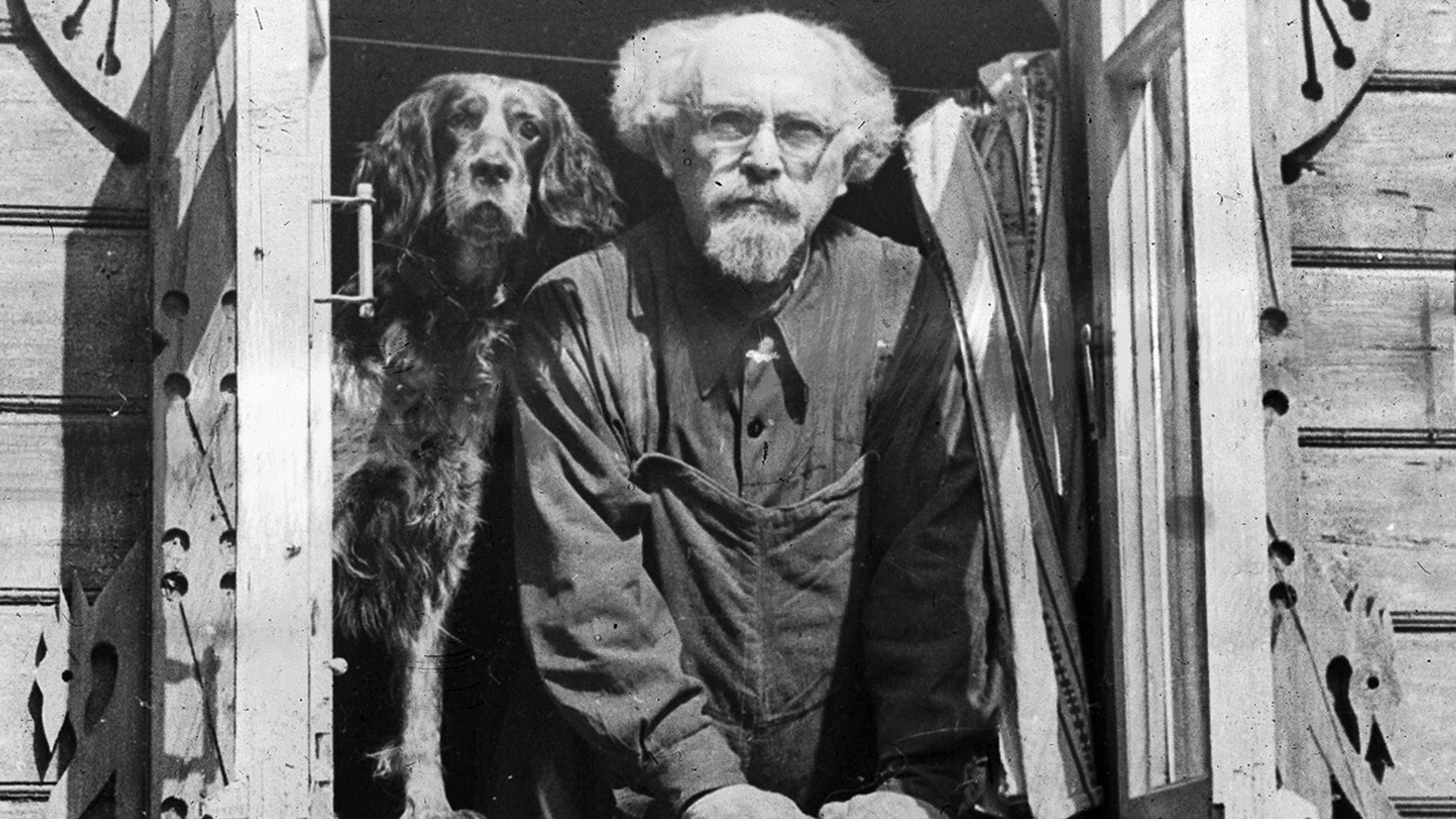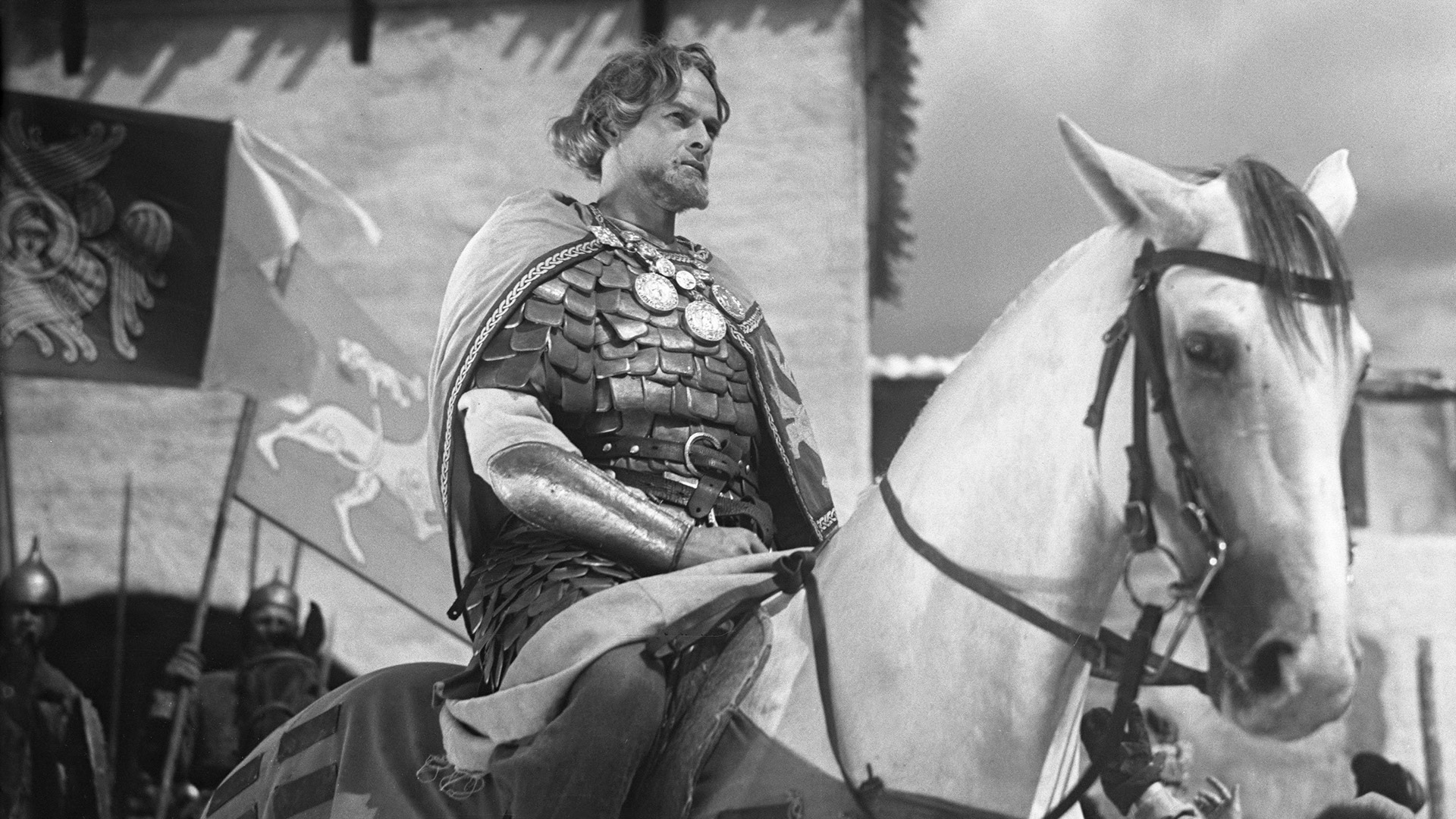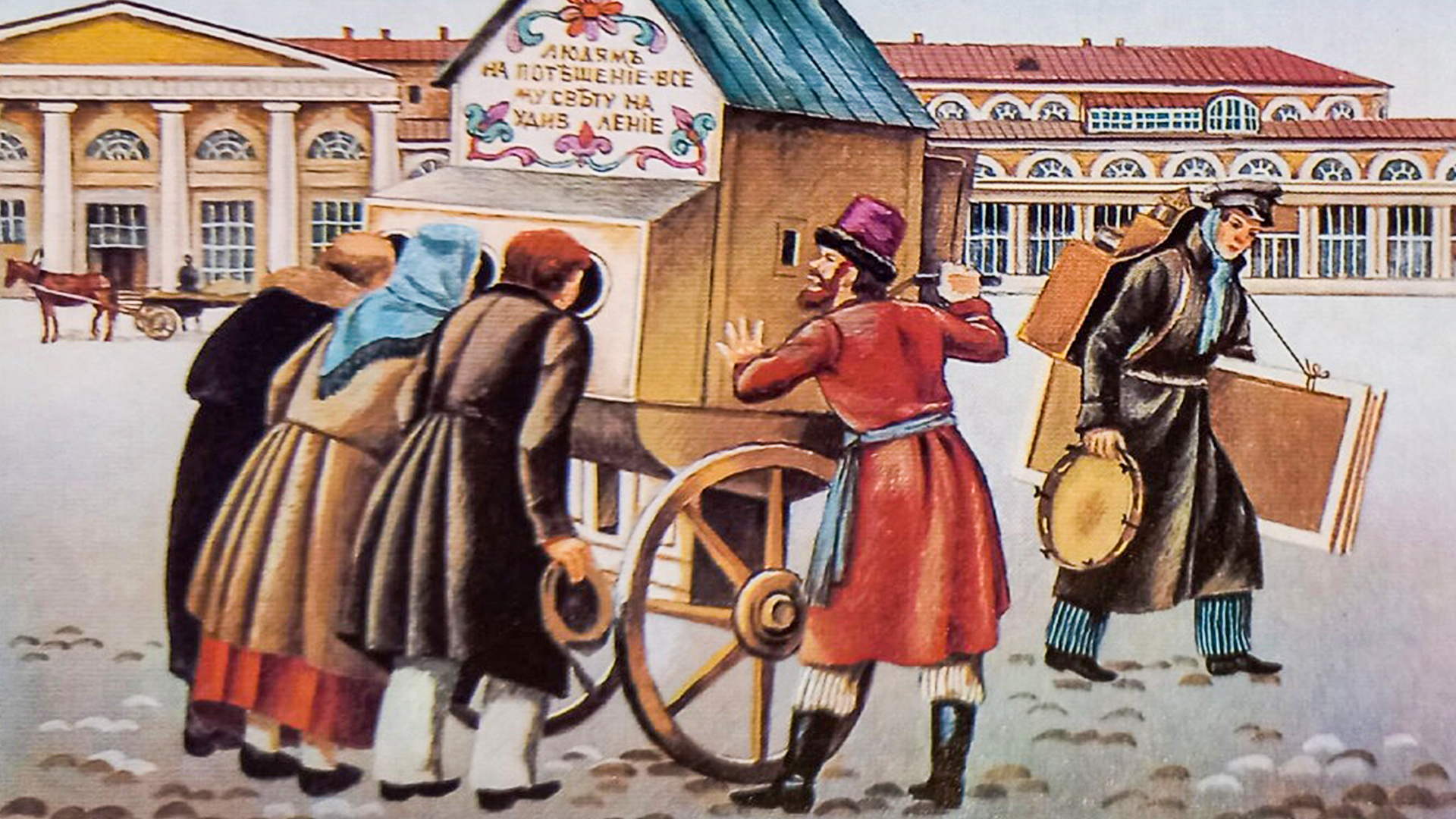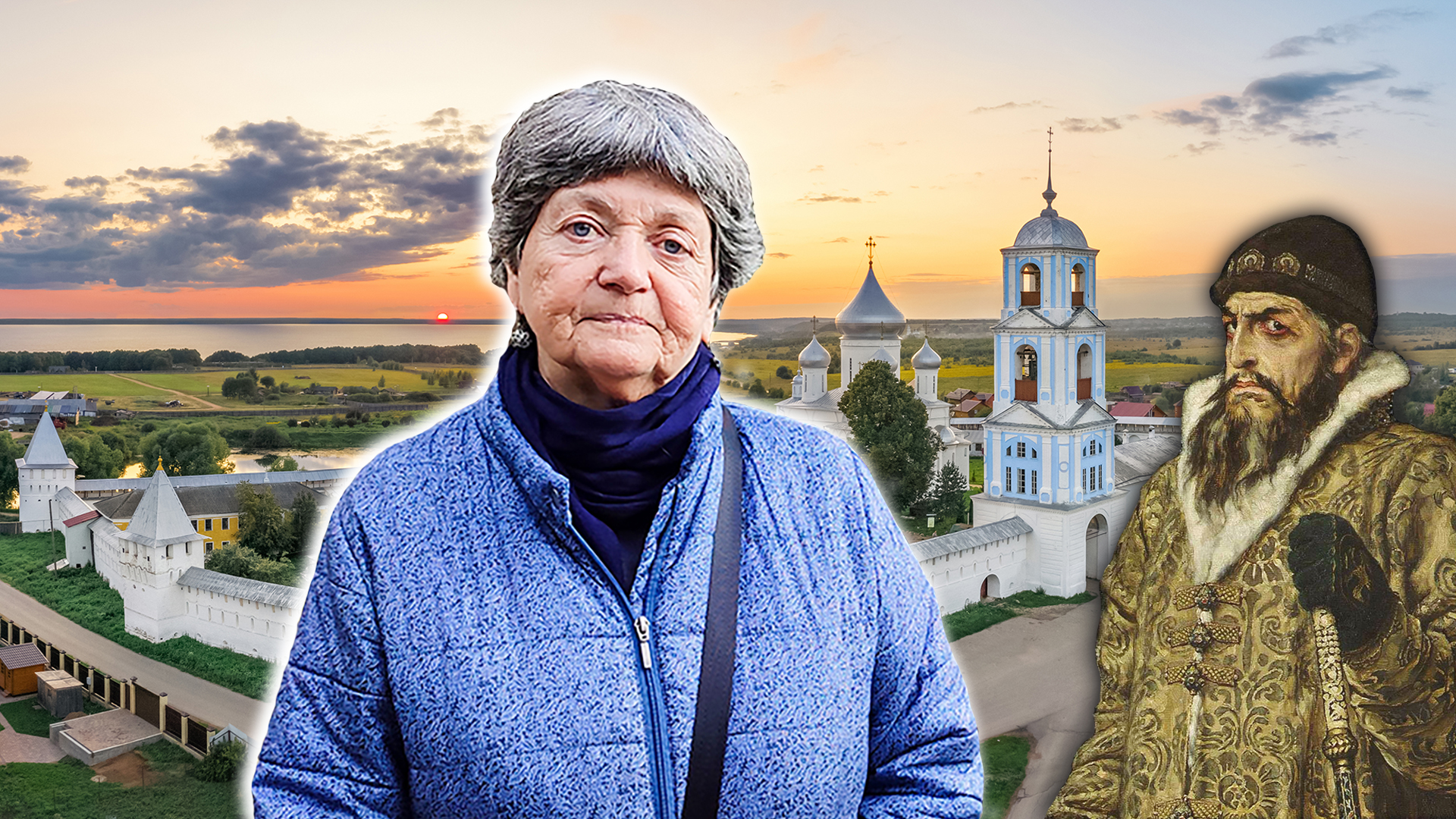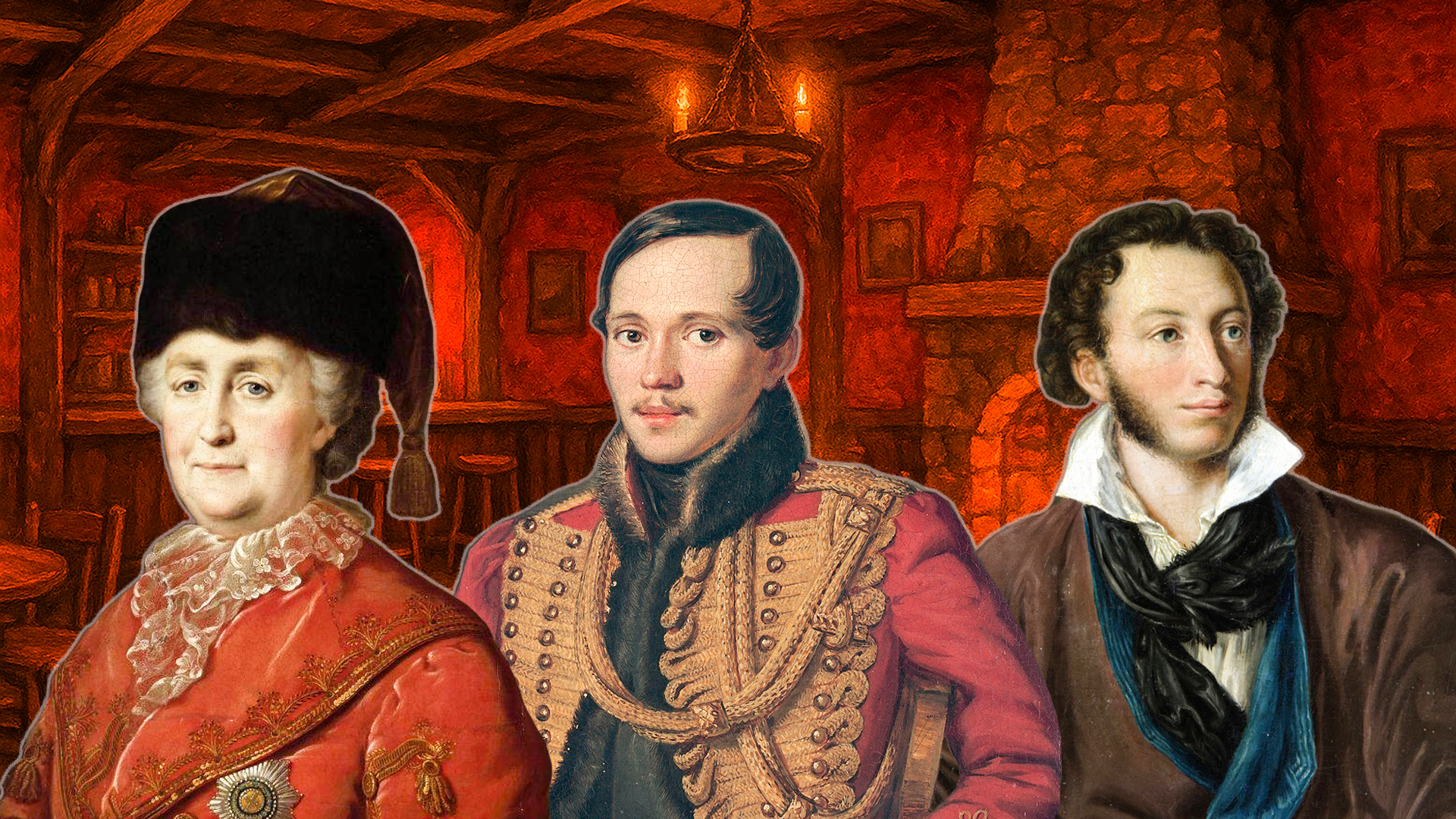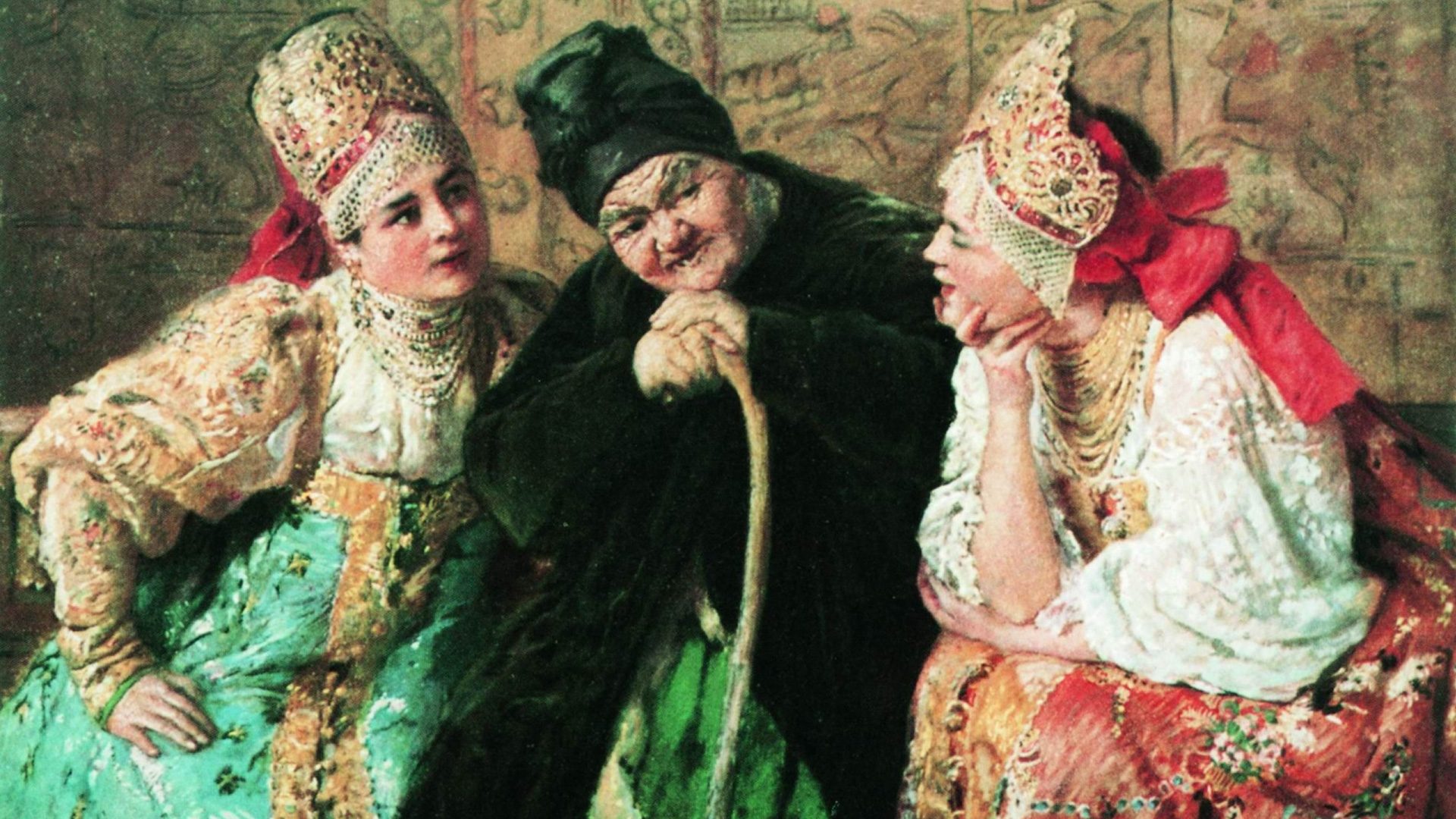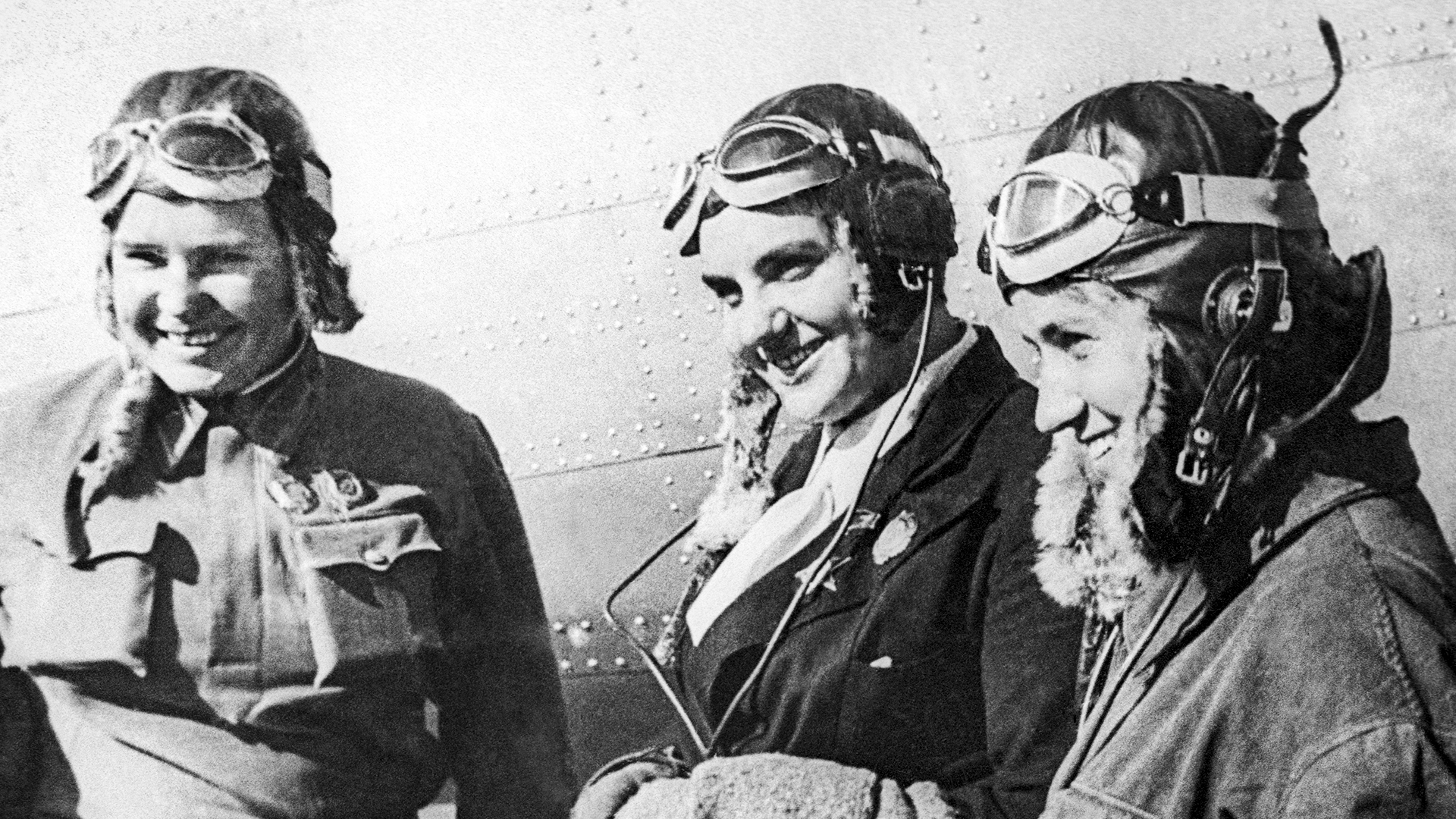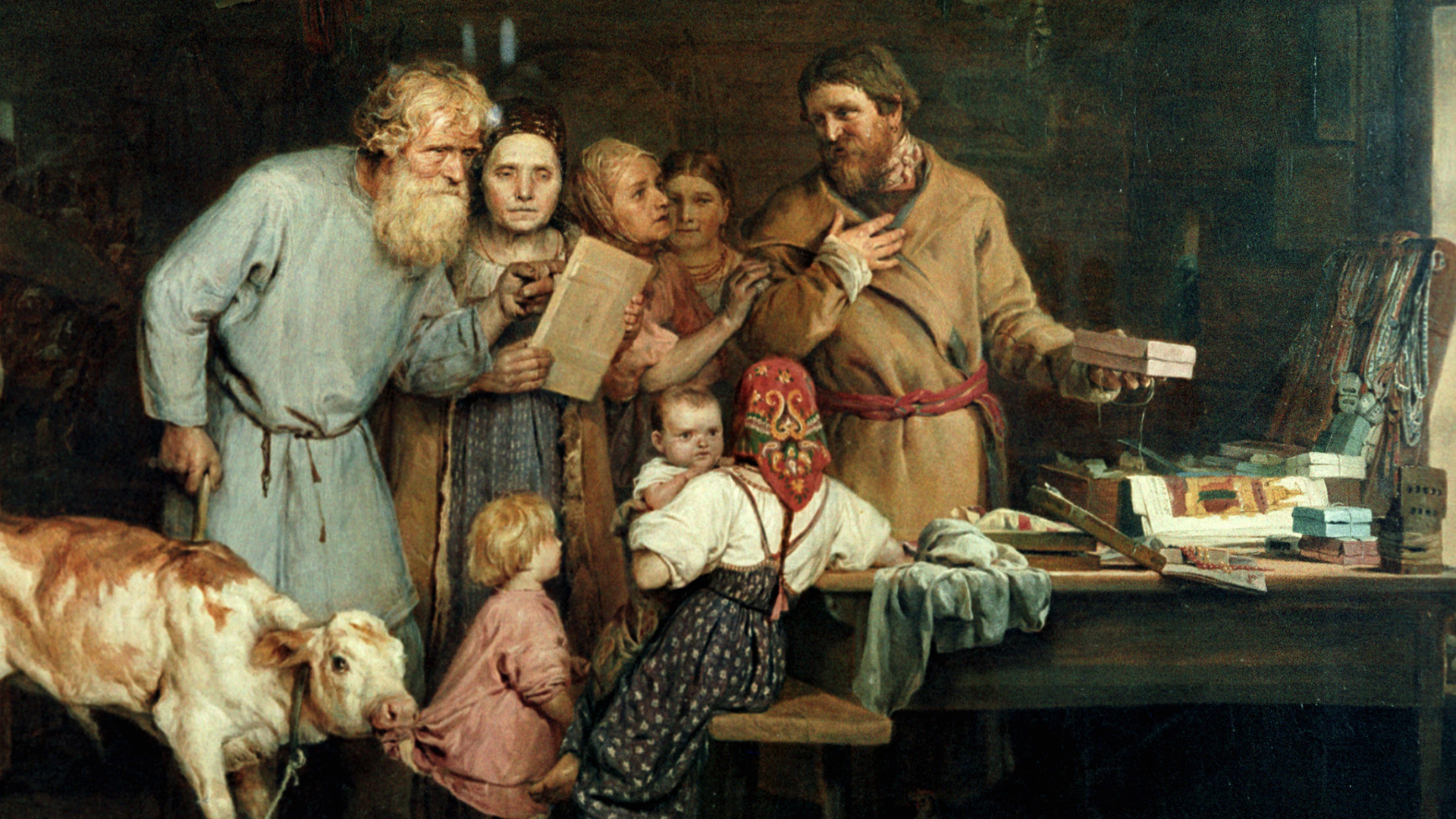
5 famous Soviet figures who suffered Stalin's repressions
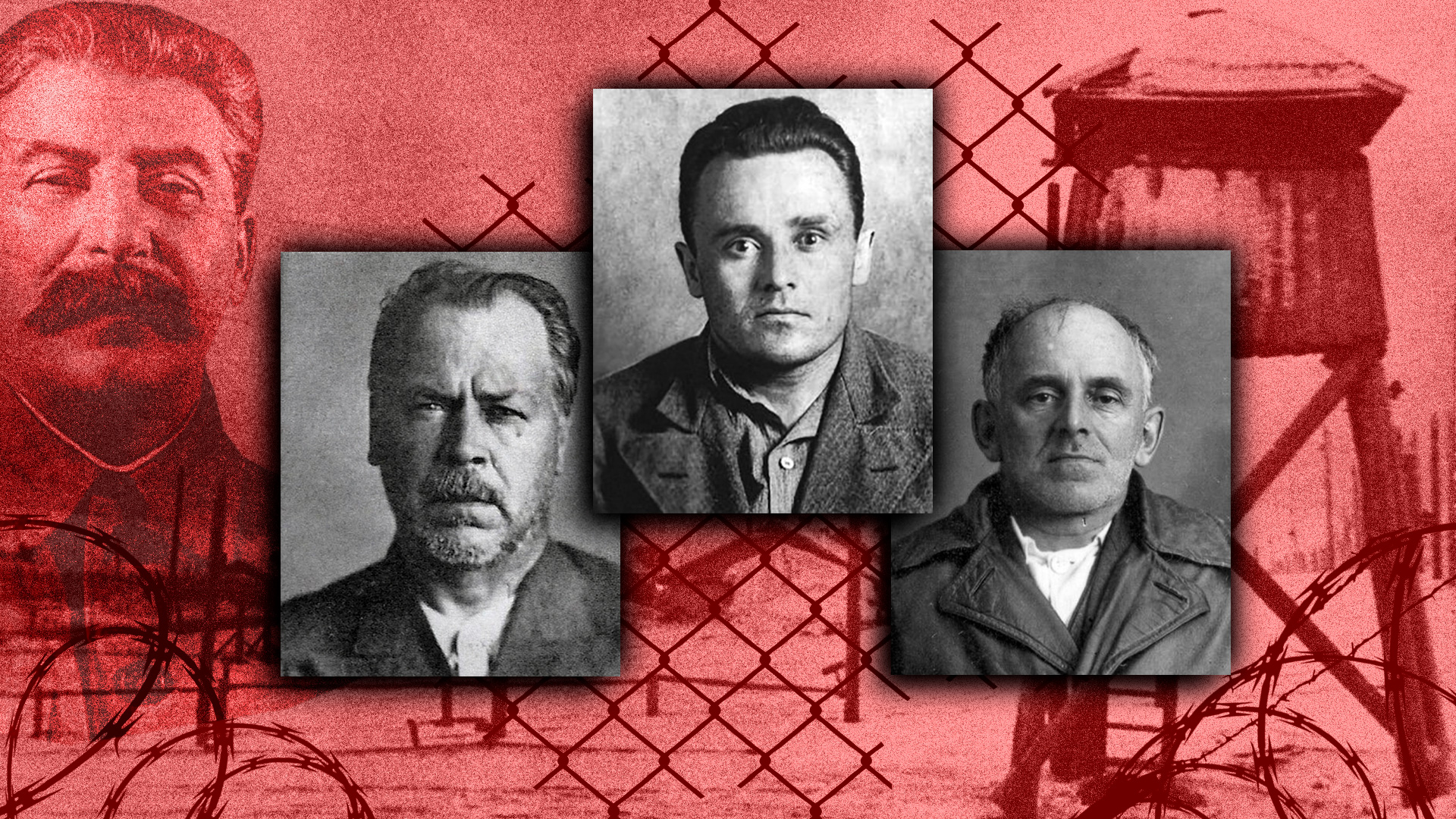
1. Poet Osip Mandelstam

In 1933, Mandelstam wrote the poem 'We Live Without Feeling the Country Beneath Us', which contained unthinkable criticism of Stalin. He calls the Great Leader the "Kremlin mountaineer" and describes the entourage of the Leader of the Peoples as a "rabble" who merely carry out orders.
Mandelstam recited the poem to friends (an act that his fellow wordsmith Boris Pasternak called “suicidal”), and one of them reported him to state security.
Mandelstam was prepared for the most terrible outcome, although, at first, he was only exiled to Voronezh. The poet was arrested in 1938 before dying in a transit camp in the Far East. After Stalin's death, Mandelstam was rehabilitated for lack of a corpus delicti.
2. Theater director Vsevolod Meyerhold
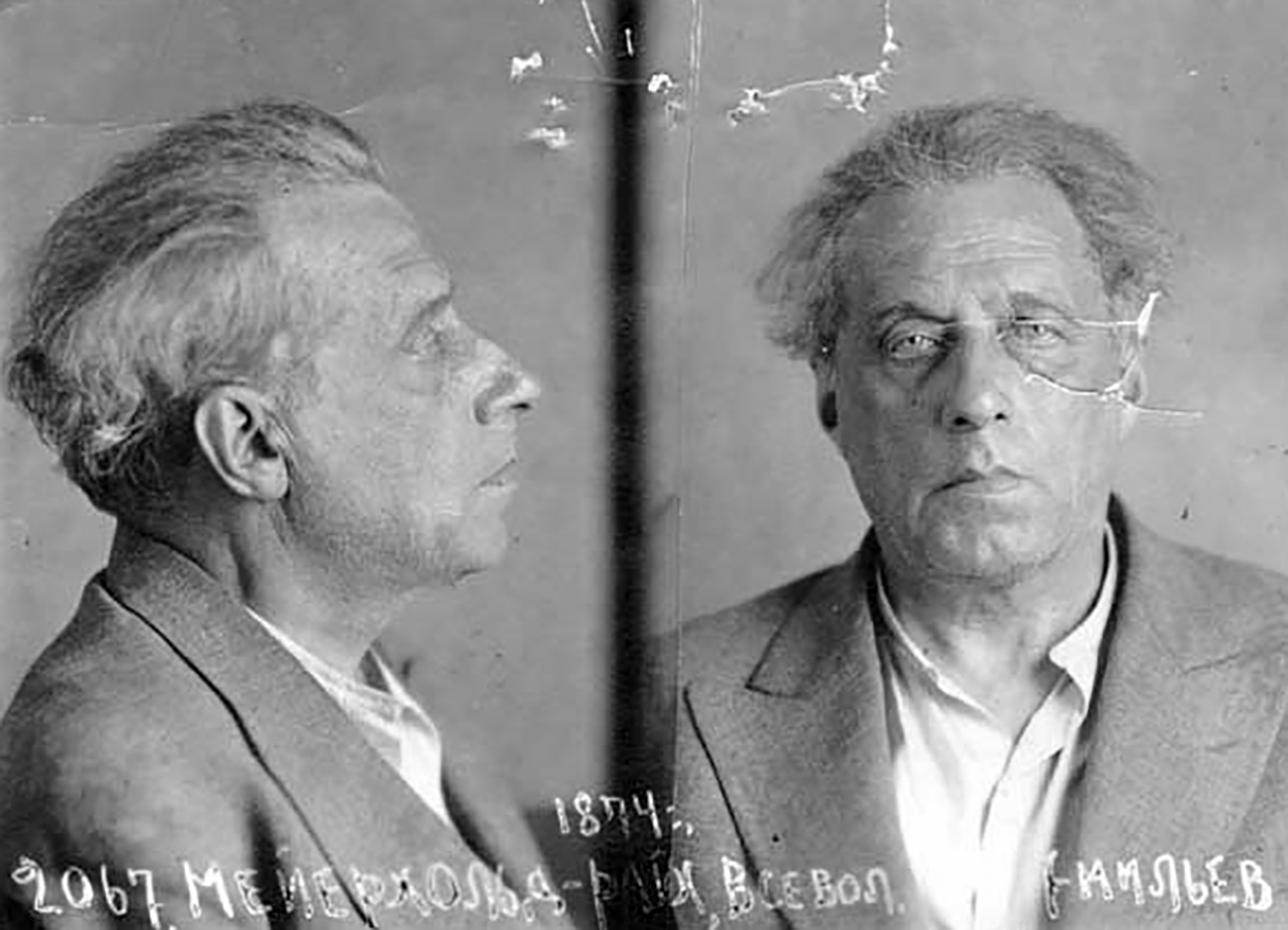
As a theatrical innovator and avant-garde artist, Meyerhold was repeatedly criticized by the authorities. Stalin himself didn’t like the performances he staged. His wife, actress Zinaida Reich, also irritated the government, as she didn’t hesitate to criticize it and write letters to Stalin saying that he didn’t understand art.
In 1939, Meyerhold was arrested as an “enemy of the people.” In letters of complaint to high-ranking officials, he described in vivid detail how he was tortured for many days during interrogations. In 1940, the director was shot and buried in a mass grave.
3. Biologist Nikolai Vavilov

Vavilov was a prominent scientist and academic functionary. In particular, he founded and headed the Institute of Genetics. But, it was this "bourgeois" science of genetics that would play a fatal role in his life. Trofim Lysenko, a peasant agronomist who had risen up the party ladder, attacked the academician with criticism.
The arrest warrant stated that Vavilov was promoting "deliberately hostile theories" and was fighting against Lysenko's work, which was allegedly of great value to Soviet agriculture. Vavilov was sentenced to death for "sabotage," but then the sentence was commuted to 20 years in prison. Two years later, the scientist died of starvation in prison.
4. Rocket engineer Sergei Korolev
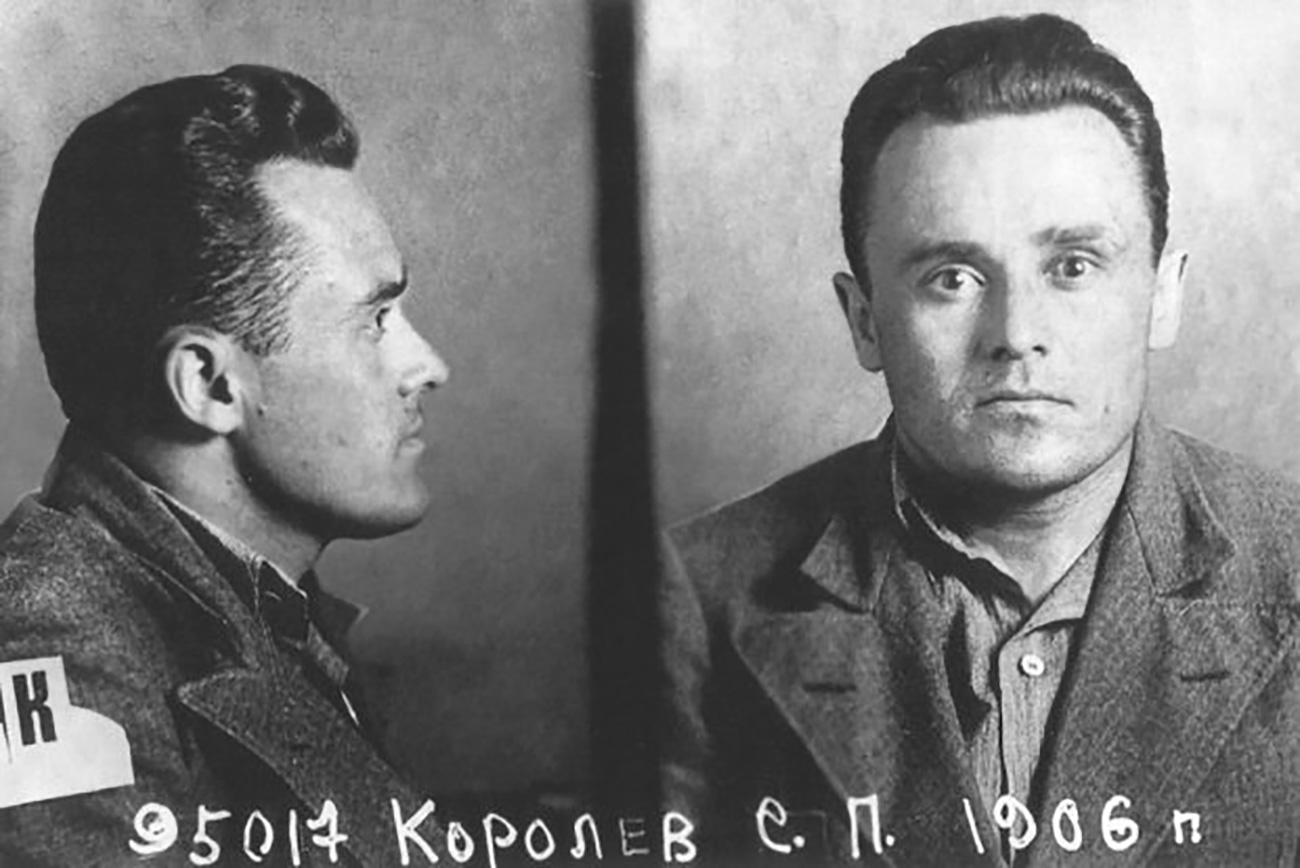
The man who sent Yuri Gagarin into space was also an “enemy of the people” and achieved all his major breakthroughs in prison. The aircraft designer was arrested in 1938, and was forced under torture to admit that he had participated in counter-revolutionary activities. He served his time in the terrible Kolyma Gulag camps, where he nearly died of exhaustion.
High-ranking friends of Korolev tried to petition for a review of his case, and he was transferred to Moscow to a special prison, an experimental design bureau, where he began working on engines for space rockets. In 1944, he was released early, but rehabilitated only after Stalin's death.
5. Actor Georgy Zhzhonov
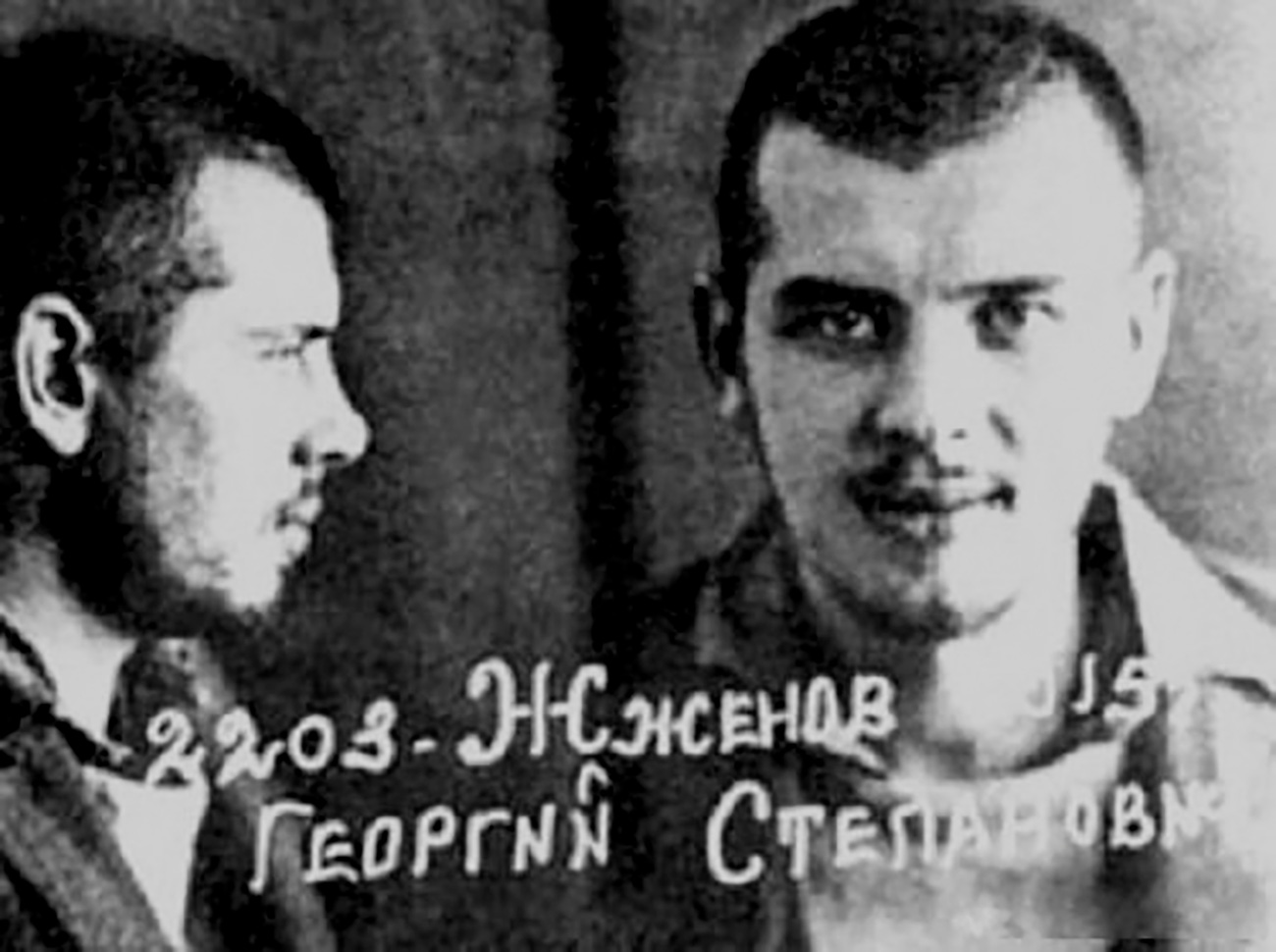
Few fans of the cult spy movie ‘The Secret Agent's Blunder’ (1968) knew that the star who played the main character had done time in Stalinist camps. First, the actor's brother was arrested in 1937, followed by the whole family being deported to Kazakhstan.
Georgy refused to leave. He was arrested, but released, as the venerable film director Sergei Gerasimov spoke on his behalf. Later, during filming in the Far East, Zhzhonov met with the U.S. military attache several times, and the state security agencies arrested him on suspicion of espionage.
Zhzhonov spent five years in the Kolyma camps and gold mines, at the same time performing on the stage of the Magadan Theater. He was released in 1945, but was not allowed to live in Moscow or Leningrad, working instead in Siberian theaters and film studios. He was rehabilitated 10 years later, allowing him to return to the big screen.



